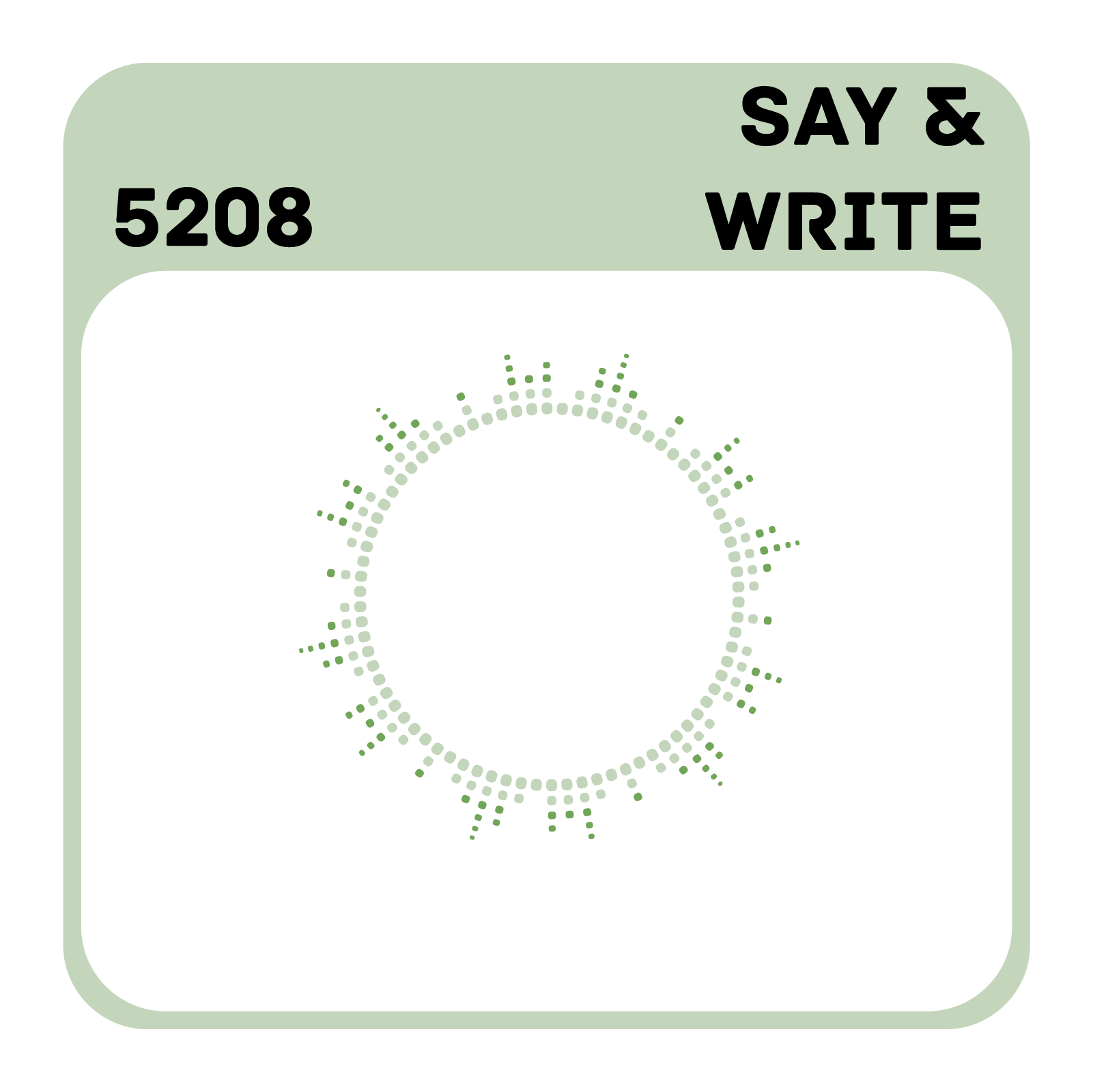
When you voice an obvious problem or difficult situation that people do not want to talk about.
Many meaningful and transformative moments in life come from having crucial conversations. These can be anything from the bedroom to boardroom conversations.
Crucial conversations can be challenging even when all parties are willing to talk, but they often get triggering and even conflictual if there is an unexpressed elephant in the room.
DEFINITION
The elephant in the room means there is an obvious problem or difficult situation that everyone is acutely aware of, but nobody wants to talk about. The elephant can be a personal sore spot or socially incorrect hot potato that no one wants or feels capable of tackling. That’s why we often avoid bringing it up. If there’s an elephant anywhere in your relationships, business or leadership, don’t delay. Take care of it before it becomes a full-fledged circus.
Elephant is a powerful combo of conscious communication techniques when you need to voice the elephant in the room and live to tell the story. Elephant works magic for your relationships both at work and at home as long as you use strategic and tactical empathy with it.
BENEFITS
+ Builds trust when you can talk about all topics and issues respectfully.
+ Collaboration and teamwork instead of smouldering dysfunctional conflicts.
+ Lowers emotional temperature as the air clears from open conversation.
+ Transformative for people and relationships.
+ Team development through functional conflicts the team moves forward from storming to norming and performing.
+ Gain green authority by being able to serve the group with a meaningful conversation.
+ Culture of open communication, appreciation and honesty.
CHALLENGES
- Unchecked assumptions about the problem can escalate the situation.
- Unclear intentions create suspicions, opposition and undermine trust.
- Objectivity, difficulty stating observation and facts instead of judgements and blaming.
- Courage and energy to ignite and host uncomfortable conversations.
- Creating dysfunctional conflicts instead of trust-building functional conflicts due to insufficient communication skills and judgements.
- In conflict avoidance cultures even well-formulated elephant can be construed as provocations for dysfunctional conflict.
- Taking responsibility for voicing and carrying through the process of dealing with the elephant.
SKILLS NEEDED
+ Ability to step away from ego.
+ Ability to use other green verbal techniques: #GreenQuestions, #Mirroring, #Summarising, #AccusationAudit, #Unlocking.
+ Ability to tap into your Green intentions such as: #curiosity, #buildingtrust, #empathy, #respect.
+ Ability to align your three levels of communication.
+ Ability to host a group even in high emotional tension.
+ Choosing #greentiming for the conversation.
INSTRUCTIONS
Depending on the size of the elephant in the room, it may require a different strategy to voice it. Smaller topics can be addressed with radical candor and empathy, but some elephants need more thorough preparation, hosting and conscious communication skills.
1. Verify
Verify that the problem or difficult situation is real. Don’t make any unchecked 6103 Assumptions.
2. Name it
Name the problem or difficult situation. Identify the nature of the problem before acknowledging it and dealing with it. By naming what has been avoided, you can transform the problem into an obstacle that people can tackle together.
3. Timing
Consider and choose the best moment for everyone involved to open the situation. 5305 Green Timing will increase the odds that others are more cooperative and amenable to solutions.
4. Don’t delay
Elephants grow quickly! Make a plan. Rehearse what you’ll say to open the conversation and think about possible objections and directions the conversation might take.
5. Intentions
Be clear about your intentions. When you frame the conversation, you need to share why you are bringing up this issue. Before you start, ask yourself what positive things you hope to achieve by addressing the elephant in the room. Are you 1403 Fixing Problems, 1404 Changing Others or focusing on 5401 Kindness? Then voice your intention as you start the conversation.
6. Get to the point
Be brave, be honest and genuine. It is essential to be straightforward, even if the facts are unpleasant. Being direct builds respect and trust. Tiptoeing is making everything worse.
7. Feelings & Emotions
Be mindful of emotions. Some people may be sensitive or get their feelings hurt in the course of the discussion. Some are likely to be expressive, while others may become quiet and withdrawn. Make sure to be mindful of emotions by acknowledging and appreciating what people are feeling. Maintain 6401 Psychological Safety for all.
8. Communicate
Make room for communication. Keep the conversation open and build constructive dialogue - not debate. Encourage people to speak, allow them to communicate and make room for 4102 Conscious Feedback. Maintain an atmosphere where everyone, even the quietest ones, feels comfortable being open and sharing their perspectives.
9. Listen
We are used to preparing ourselves to talk or even argue about significant issues. Before making any decisions, everyone needs to understand each other. The only way to reach collective understanding effectively is to listen actively. Use 5301 Green Silence to focus on what they have experienced. Preparing yourself to listen also means being ready to 5204 Summarising what others say so that they know they have been heard and understood. When you do this, you create the conditions for them to listen to others in the same way.
10. Be pragmatic
Discuss facts and behaviours - not personalities. It is less 7101 Ego Triggering and conflictual to discuss a shared problem when we do not mix character 7203 judgments into the conversation. Instead of focusing on the assumed reasons people may or may not have done things, focus on what has actually happened or is currently happening. This will reduce the defensiveness of everyone involved.
11. Kindness & Curiosity
Give the benefit of the doubt and assume that others are likely to have positive intent in solving the matter and a good reason for what they might have done.
DUMB WAY
Scene Sunday walk in a park.
Two women, Mary and Ann, meet in a park. They haven’t seen each other in a while. Anni has quite a stomach. The women hug.
Mary hugging Ann warmly: 🥰 It’s so good to see you. it’s been a while!
Mary takes a step back looking at Ann’s stomach, amazed and excited: 🤩 Omg, YOUR PREGNANT!!!
Ann blushes: 😳 Actually I’m not. Me and Mark, we broke up six months ago…
LEARN MORE
To download a free copy of the Periodic Table of Conscious Communication and see all the up-to-date learning resources organised by numbers into a library, check out this page. If you'd like to follow, ask questions and contribute to the online research please contact esteve@greenelephant.org.
If you'd like to book a hands-on coaching session to measure, analyse and get a simple micro-habit to change your communication behaviours, check out Green Elephant's coaching products.
Posted by
Ritual designer and communication coach, Anu keeps people on track with radical candor, humour, and her pragmatic “Sisu” - Finnish for determination.

